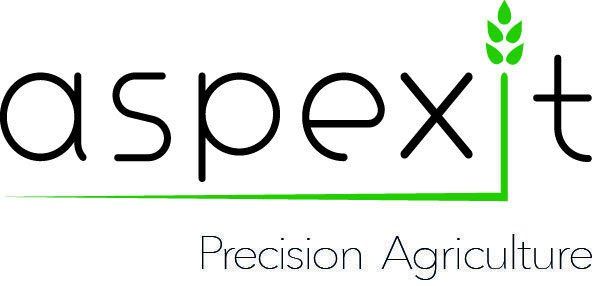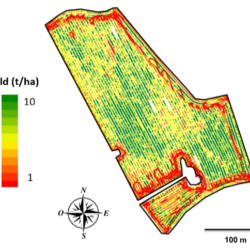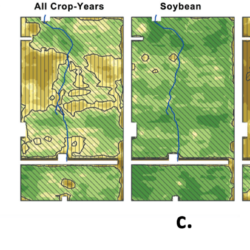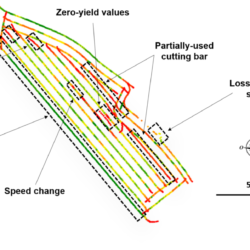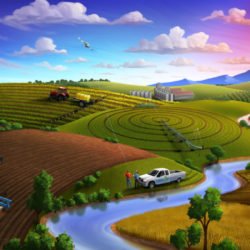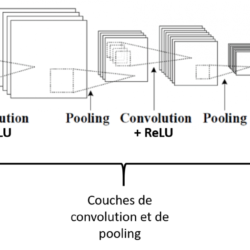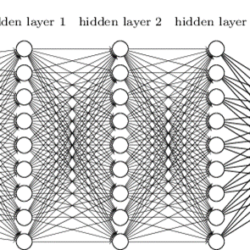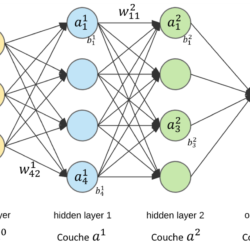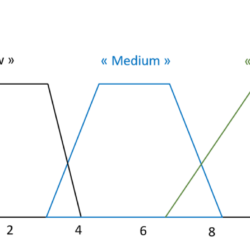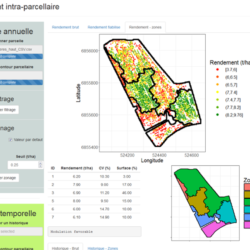Working with high-resolution data in precision agriculture
Precision Agriculture is a data-based discipline; data that is collected to measure, describe, quantify, understand, or analyze agrosystems. A wide variety of measurement systems have been developed to measure agronomic parameters of interest, from plant vegetation status to crop yield, including weed detection and soil physico-chemical parameters. These increasingly sophisticated systems make it possible to Read more about Working with high-resolution data in precision agriculture[…]
